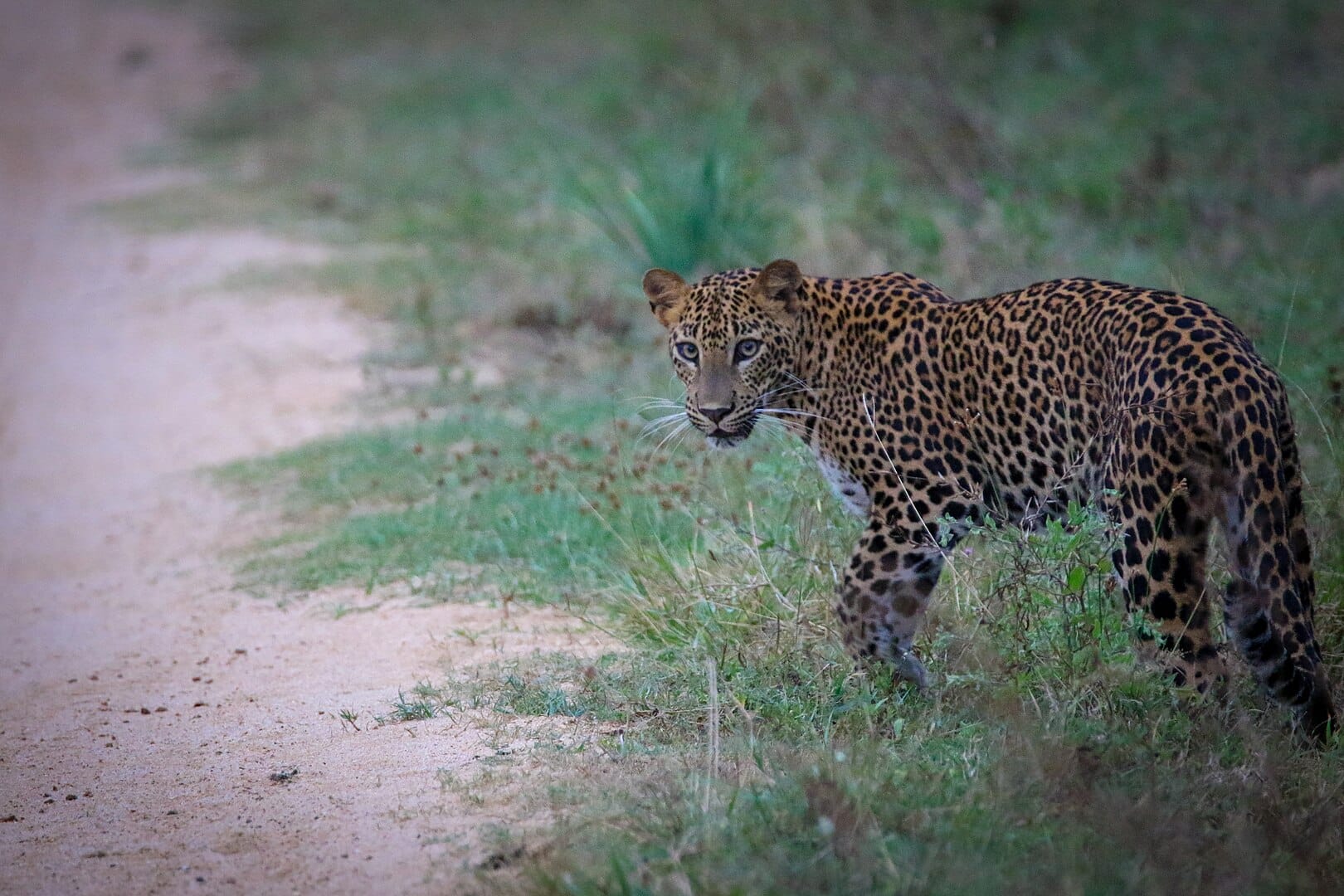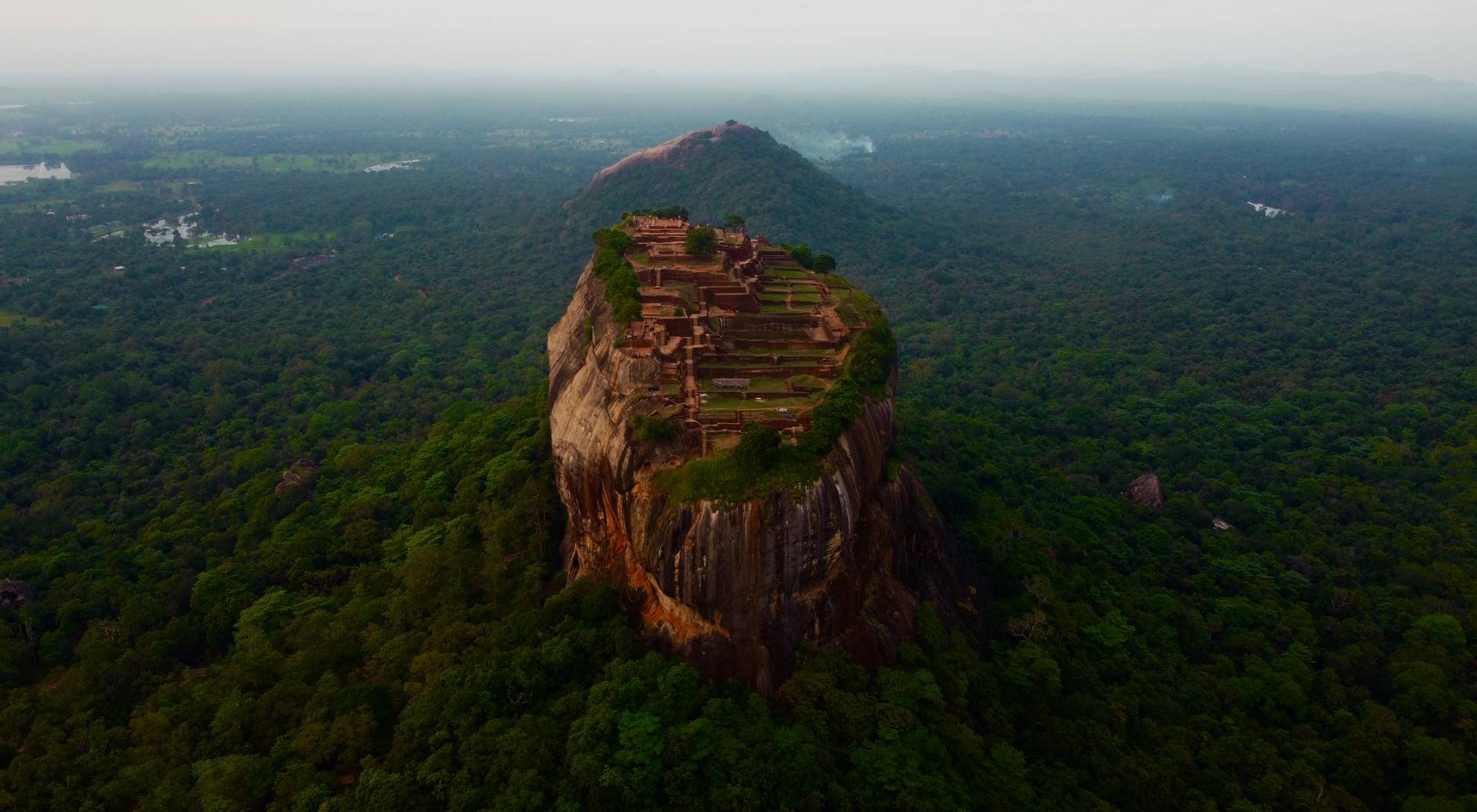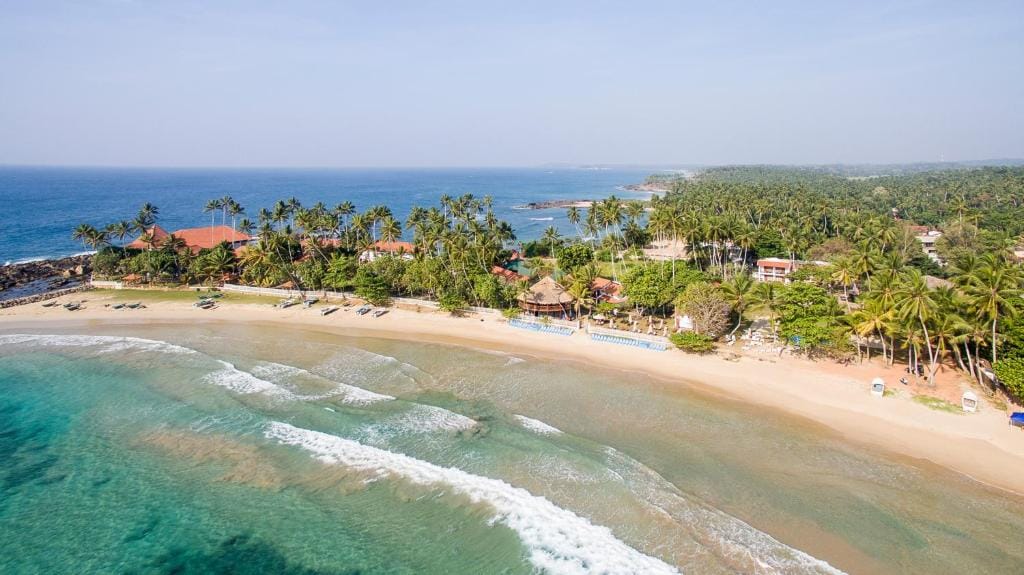Kumana National Park: Sri Lanka’s Untamed Eastern Wilderness
Kumana is quieter, wilder, and most importantly fulfilling for those who enjoy nature at its most unspoiled.

One of Sri Lanka's wildest and least visited treasures is Kumana National Park, down a dusty, bumpy road south of Arugam Bay, where surfboards are sold for binoculars and jungle replaces coastline.
Often eclipsed by its well-known neighbor Yala, Kumana is quieter, wilder, and most importantly fulfilling for those who enjoy nature at its most unspoiled. Sitting still in your safari jeep, engine off, the jungle does all the talking—bird calls echoing, leaves rustling, and maybe, an elephant rising from the bush.
Kumana is calling if you wish traffic-free wildlife.
Why Visit Kumana?
Kumana is not about long lines of safari jeeps or perfected wildlife experiences. Raw, unvarnished wilderness is what you get here. You will be scanning treetops for movement, crossing dry riverbeds, and bumping along dirt tracks. It is real, erratic, and that makes it unique.
Kumana is also special because it combines jungle, lagoon, and wetland—a paradise for bird enthusiasts but also home to elephants, leopards, jackals, crocs, wild boars, and more. Particularly in the early morning, some safaris here feel to be more of a private adventure.
Things to Do in Kumana National Park
Go on a Sunrise Safari
Arriving at the park just as the heavens begins to shine is a once-in-a-lifetime experience. This also the the best time to spot animals in motion as the cool air and golden light begins to pour through the trees. Your guide will assist you in searching for new tracks;, should you be lucky, you may find leopard, spotted deer, or even wild buffalo.
Still, the terrain itself—open plains, still lagoons, dusty roads and endless sky—makes it unforgettable even without the great sightings.
Birdwatching at Kumana Villu
Particularly in the April to July nesting season, this park is well-known among birders. Hundreds of migratory and endemic species find attraction in the shallow lakes and mangroves. Look for painted storks, spoonbills, pelicans, Indian darters, bee-eaters, and the infrequently black-necked stork.
Seeing these large flocks assembling and flying over the lagoon is unforgettable even if you are not a birder.
Explore the Ancient and Wild Together
Kumana is not only about animals; it is also dotted with ancient ruins and rock inscriptions like the Kudumbigala Monastery right outside the park. A spiritual climb combined with a wild safari will provide a complete and interesting day.
When to Visit
Visiting Kumana would be best from April to September, during the east coast's dry season. This is also the main bird-watching season here. From October to March, you are still welcome to visit; roads may be muddy and some areas of the park less accessible because of the rain.
Getting There
Via the town of Panama, Kumana is roughly 1.5 to 2 hours south of Arugam Bay. The drive itself is an experience—dirt roads, jungle all around, and the odd water buffalo standing in your path. Most visitors center themselves in Arugam Bay, where a local guesthouse or tour operator can arrange a safari. Though full-day safaris are also available, jeeps typically leave before sunrise and return late morning.
Travel Tips
- Go with a local guide: The park is massive. Locals know better.
- Bring binoculars: Especially if you are bird fan.
- Pack water and snacks: There are little to none infrastructure facilities inside the park.
- Wear light colors: Avoid bright clothing that might disturb wildlife.
- Be patient: Sightings always come with probability.
Final Thoughts
Kumana is off the usual route—a park where you feel more like an explorer than a visitor. Where nature guides and you just follow. It's for the early risers, the quiet watchers, and the people who know that often the best travel experiences are those in which you wait, observe, and feel small in the best possible sense. Kumana National Park is quite worth the trip if you want to see a wilder side of Sri Lanka and are traveling to east coast.





